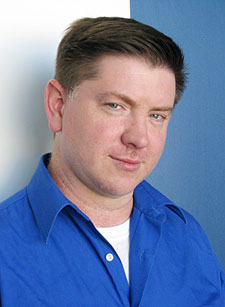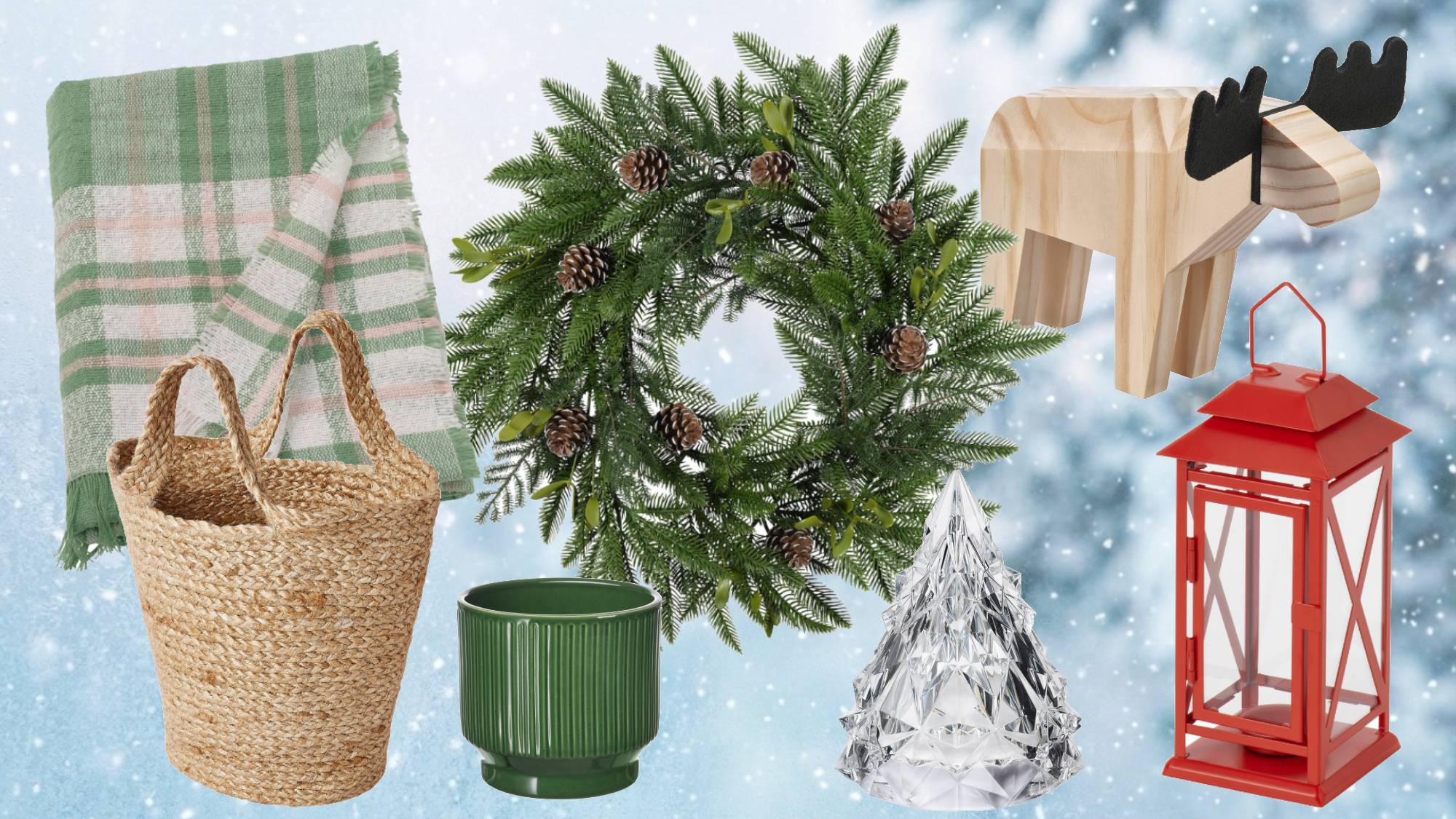The best 5G phones in 2025
The best 5G phones deliver much faster downloads, lower latency and a lot more
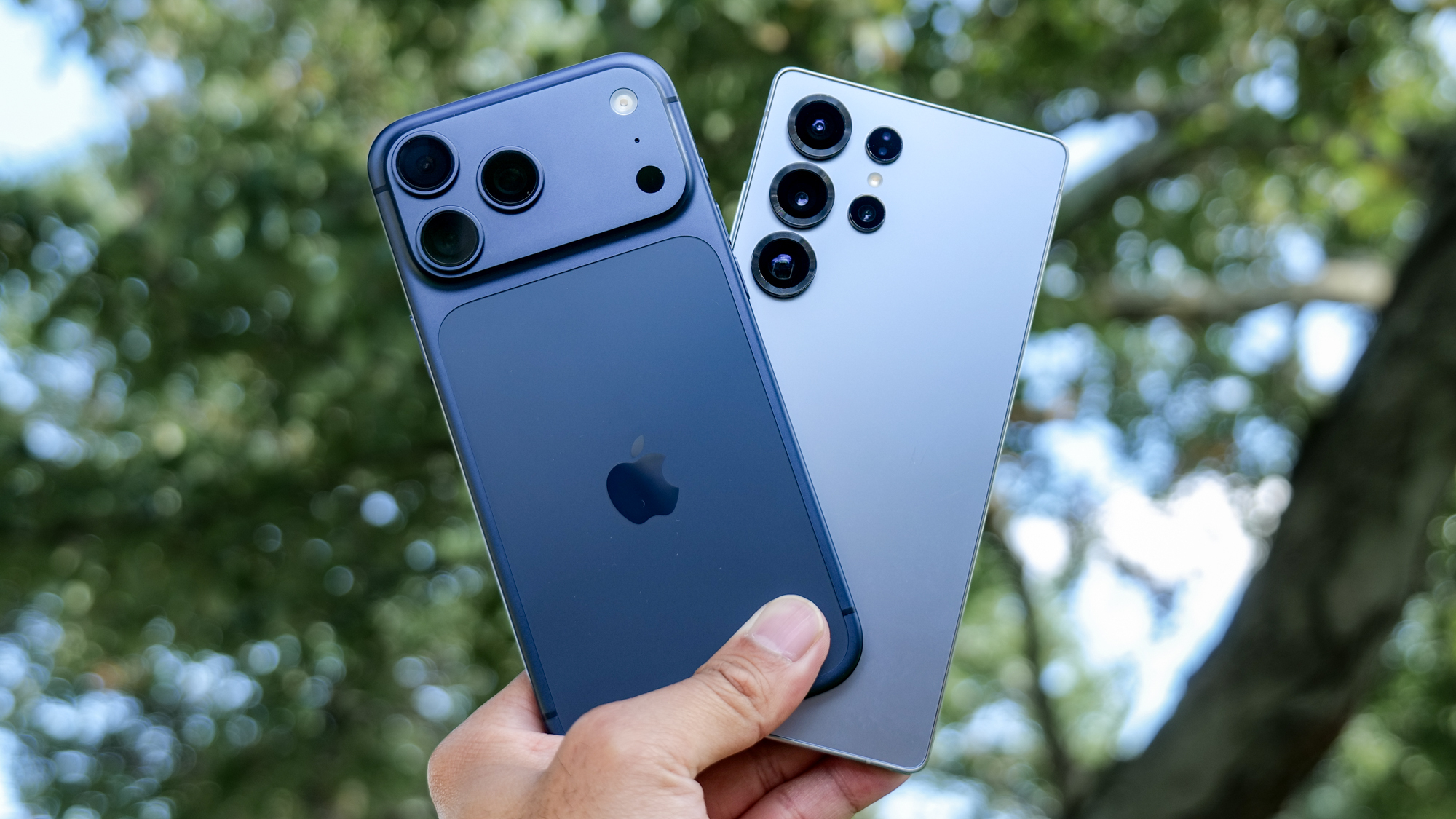
A search for the best 5G phones essentially has become a search for the best phones overall. These days, any top phone is going to feature 5G connectivity. That not only means the latest flagships, but budget models as well.
Tom's Guide tests dozens of phones each year, and the ones that I don't review personally, I'm usually editing the reviews written by other people. So I'm very familiar with the latest trends in smartphones. Five years ago, as 5G networks were just getting their start, 5G-capable phones were hard to find; these days, it's harder to find a phone that doesn't connect to 5G.
That's largely because 5G coverage is farther reaching these days — another area I've covered for Tom's Guide in the last half-decade. T-Mobile has the largest network, with its 5G service reaching 330 million people — of those, more than 300 million can access the carrier's faster Ultra Capacity 5G service. Around 250 million people can access Verizon's fast Ultra Wideband 5G, and AT&T's 5G coverage has extensive reach, too. Even Boost Mobile — which is trying to establish itself as a nationwide carrier in the same conversation as the Big Three — says its 5G network covers 70% of the U.S. population.
In other words, no matter who provides your phone service, it's a pretty safe bet that your device will be connecting via 5G.
Our favorite 5G phones offer more than just speedier downloads. The best 5G phones also feature outstanding cameras, big displays and super-sized batteries that deliver all-day battery life. Here are the best 5G phones available right now to meet any budget.
The quick list
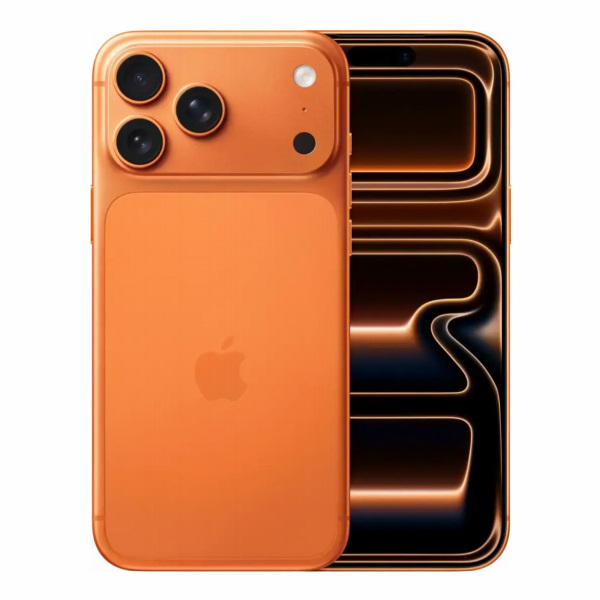
The best 5G phone overall
Apple's premium phone benefits from a high-performance A19 Pro chipset, longer battery life and the kind of camera improvements you'd expect from a new iPhone. But the iPhone 17 Pro Max also offers Apple Intelligence features, as Apple continues to push AI capabilities in its phones.
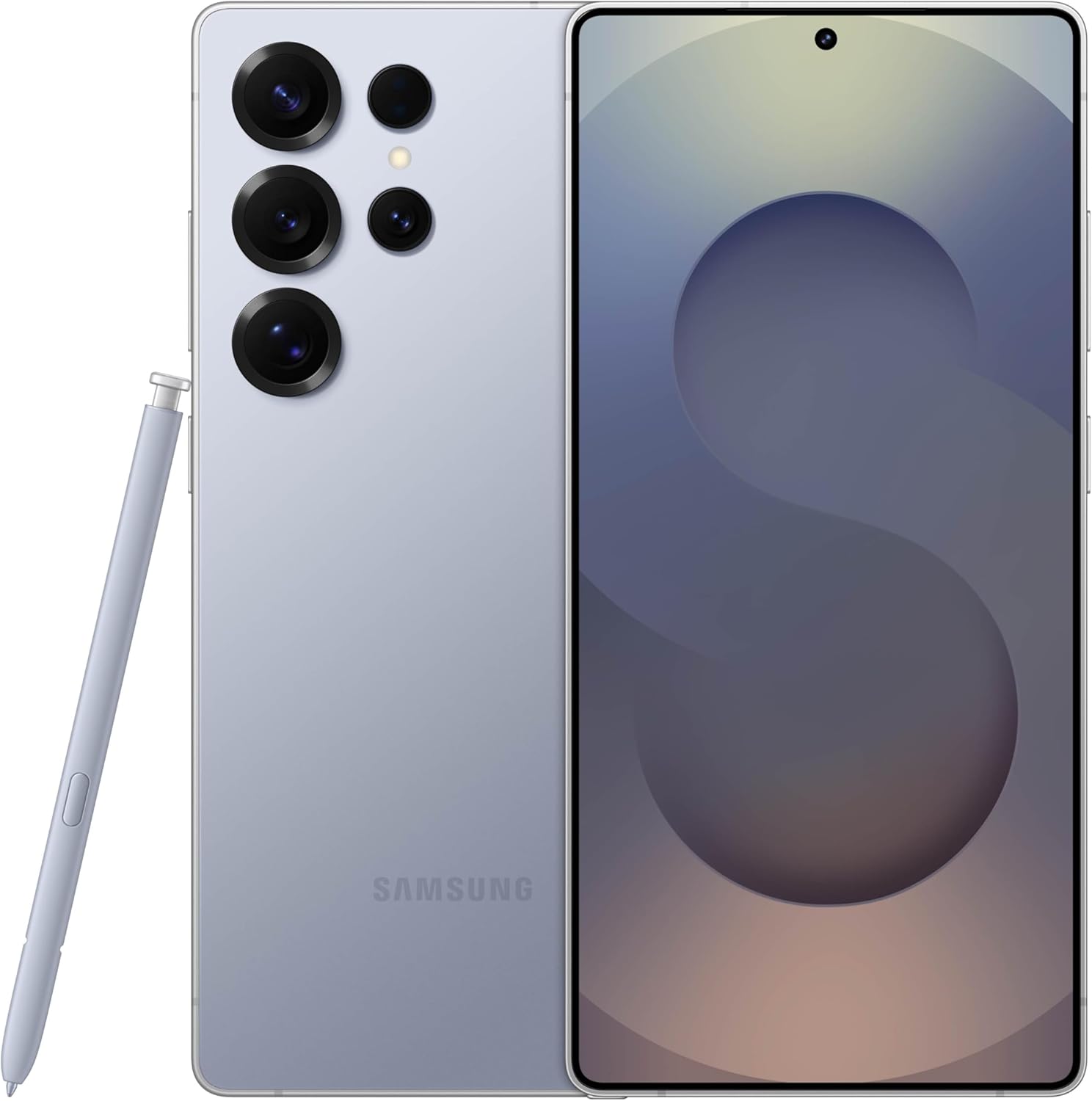
The best 5G phone for Android
Samsung's latest ultra phone has power, efficiency, photography and AI features all wrapped up in one neat package. It's pricey but well worth it if you want the very best Android has to offer.
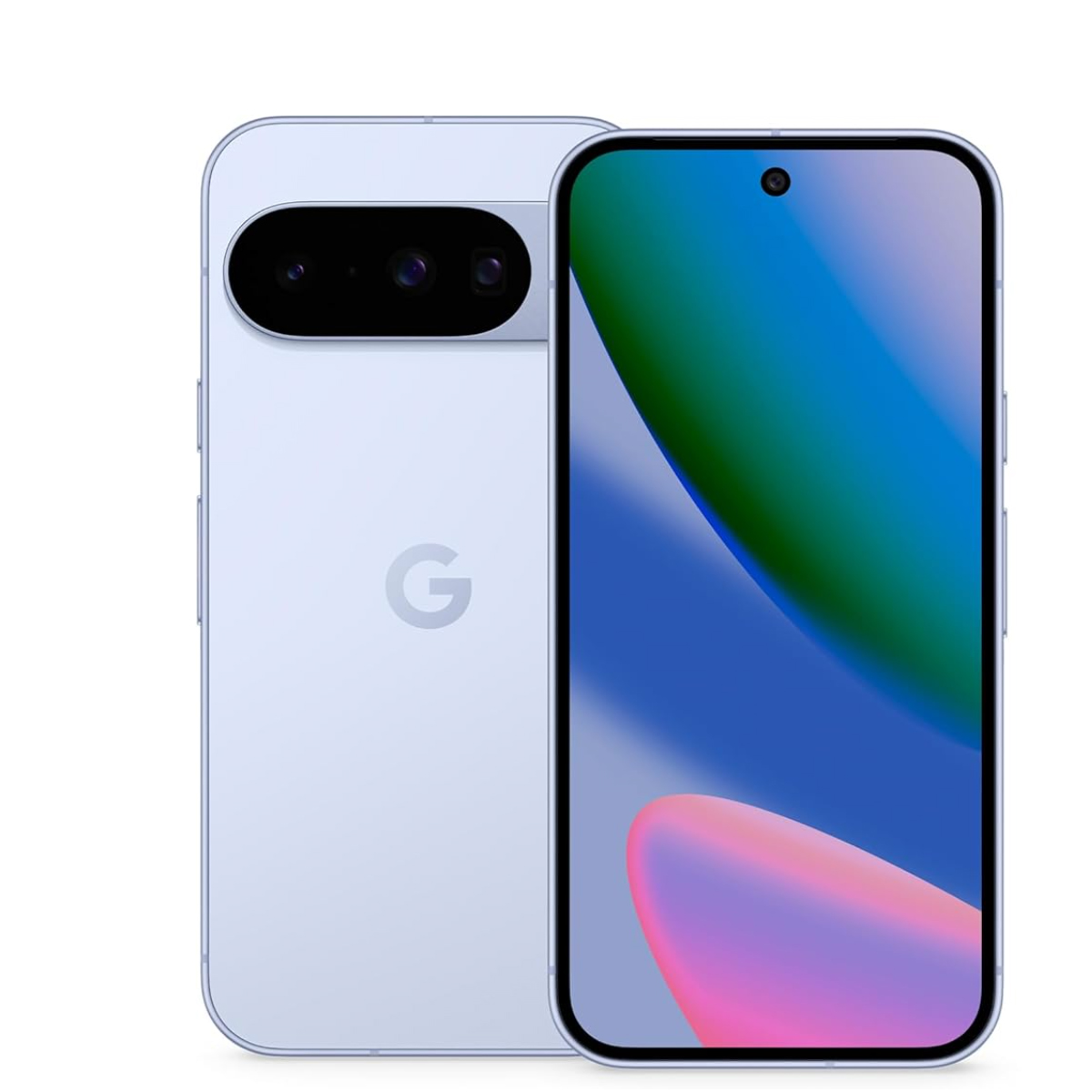
Smartest 5G phone
Google's latest AI features plus a compact but capable phone make the Pixel 10 a smart smartphone and a smart buy.
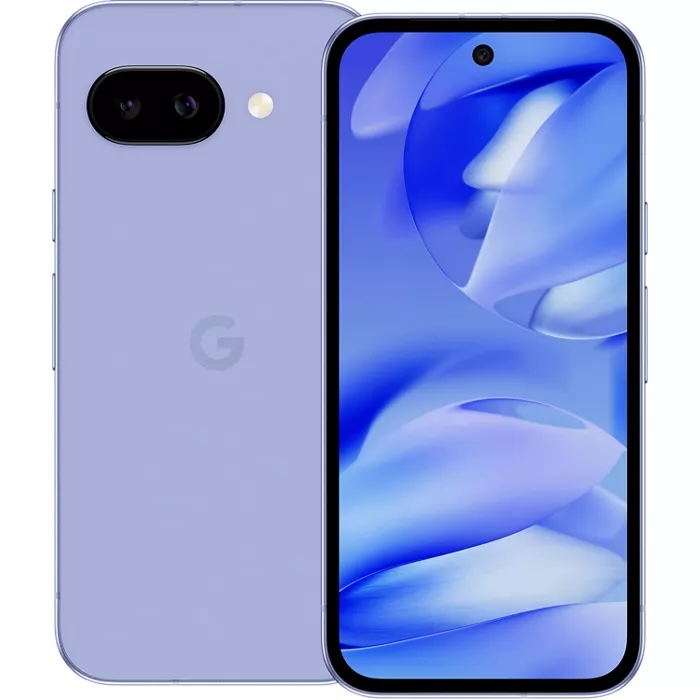
5G phone value
You'll struggle to get more for your money with a smartphone other than the Pixel 9a. If you don't mind a plain design, then all the parts that matter — performance, photography, AI smarts and display quality — all deliver.
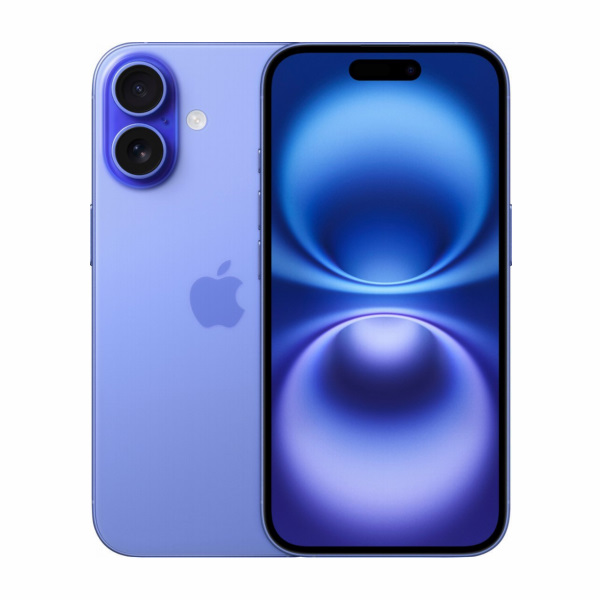
Best value iPhone
At $799, the iPhone 16 is the Apple flagship most of us can afford. Fortunately, Apple packs a lot of value into this device, including the A18 chipset that delivers strong performance and long battery life. Plus, the iPhone 16 supports the same Apple Intelligence features you'll find on more expensive iPhones.
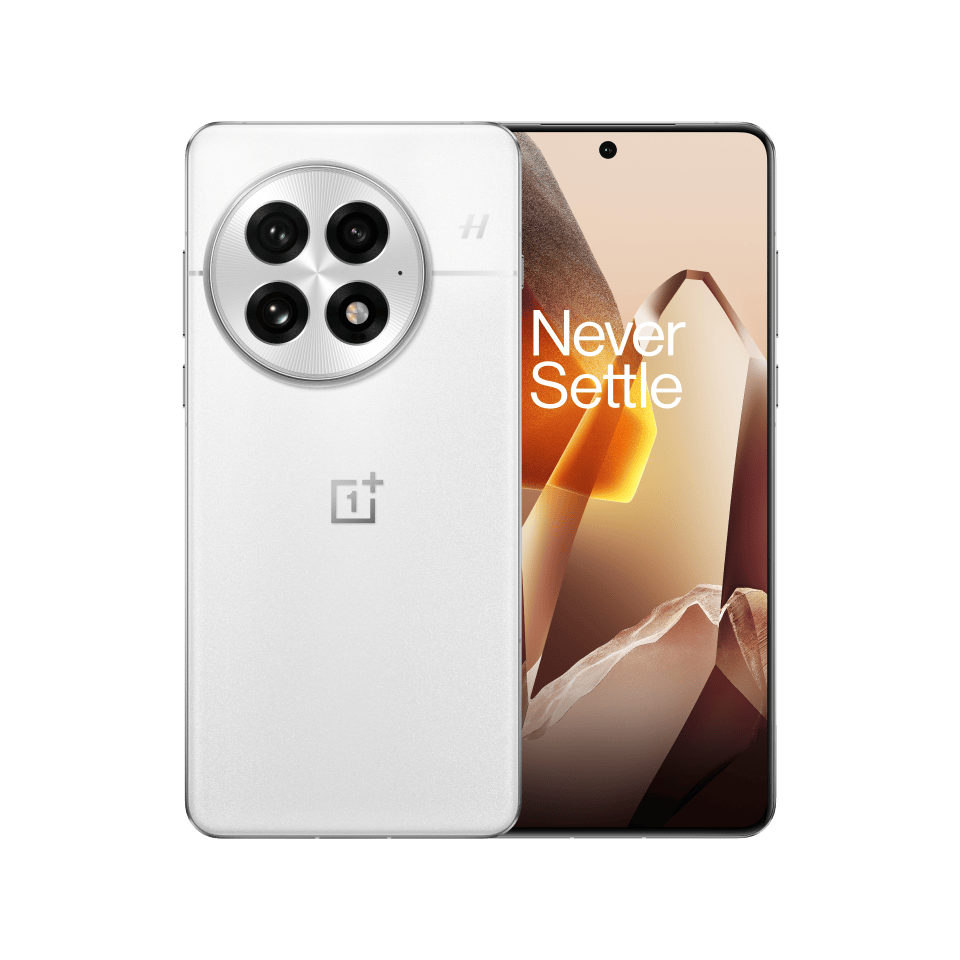
Best alternative 5G phone
Cheaper - but no less capable - than its rivals, the OnePlus 13 dazzles with its super-long battery life and rapid charging. But don't underestimate its powerful chipset and much-improved cameras either.
Load the next 6 products...

Samsung's affordable 5G flagship
You can spend a lot more on a flagship Samsung phone, but if you want to save money, or just prefer your handsets on the smaller side, the Galaxy S25 has almost everything the Plus and Ultra models have but for several hundred bucks less.
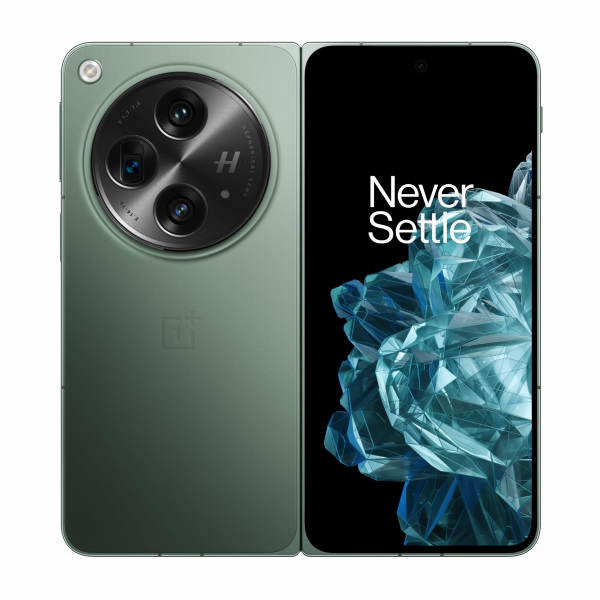
Best foldable 5G phone
The first foldable phone from OnePlus is also the best foldable phone you can buy. An excellent thin-and-light design plus the best multitasking features of any foldable make this a great choice if you're considering a 5G foldable.
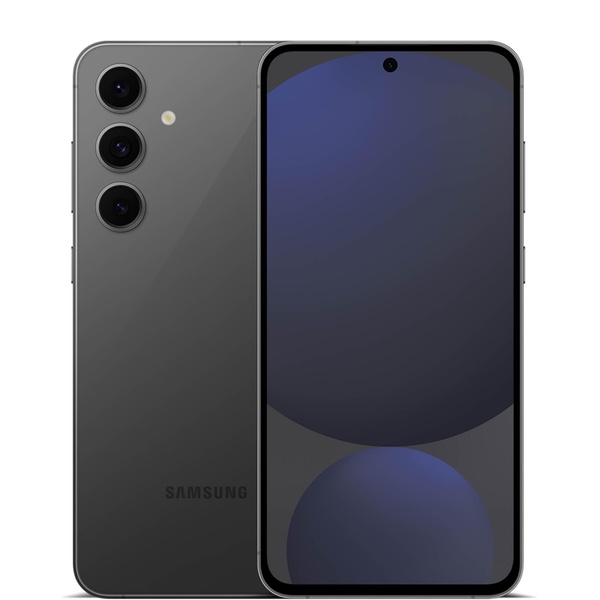
Best low-cost Galaxy AI phone
The Galaxy S24 FE gives you the chance to get a device that supports Galaxy AI without paying flagship prices. Not only that, but you also get a phone with a telephoto lens — rare for a $650 phone. It's the best value of any Galaxy phone in Samsung's lineup.

Best 5G phone under $200
5G phones no longer cost big bucks, as evidenced by the $199 Moto G 5G. You're going to make some compromises, but you'll still get a long-lasting phone with a stylish design that can keep you connected to 5G networks for a fraction of what other phones cost.

My name is Philip Michaels, and I've been with Tom's Guide since 2015, covering phones my entire time here. I'm now the managing editor of mobile coverage, overseeing all of our phone reviews along with our evaluations of various phone carriers in the U.S. 5G holds a place near and dear to my heart since I covered the launch of the new network for Tom's Guide, even dashing off to Chicago to test the first live 5G network in the U.S. back in 2019.. And yes, I'm already thinking about 6G networking, which should be arriving around 2030 or so.
The best 5G phone
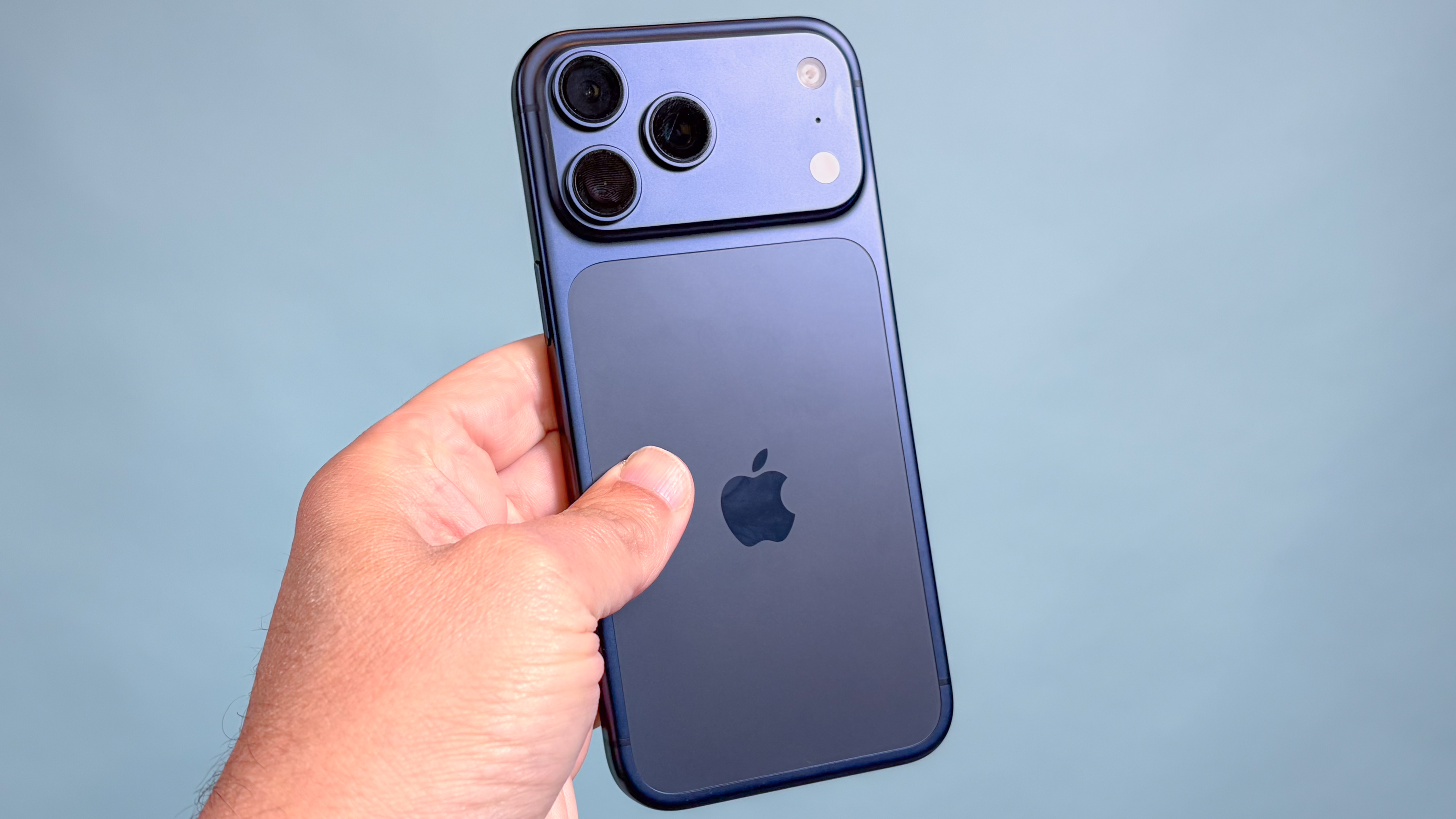

Specifications
Reasons to buy
Reasons to avoid
The iPhone 17 Pro Max delivers an incredible iPhone experience, with the same 6.9-inch screen as last year plus a bunch of extra brightness to make it work no matter how bright it is. It may not be as bright as the Pixel 10 Pro, but it's still one of the brightest flagships around.
The big change this year is the new unibody design, and the extended camera bar — better known as the forged plateau. While this area is prone to scratches, Apple's added it to help improve the thermal efficiency of the 17 Pro Max. Which, combined with the aluminium frame and internal vapor chamber, means that the sustained performance on this phone is significantly improved.
Which is helpful considering how powerful the new A19 Pro chipset is. Apple's latest chip not only offers huge improvements to computing and graphical performance, the heat-dissipation measures mean it's able to keep it all going for much longer than its rivals.
Battery life doesn't have such a massive jump, but with 17 hours and 54 minutes in our custom battery life test, this is still one of the longest-lasting phones around. And almost 45 minutes longer-lasting than the iPhone 16 Pro Max.
The camera setup has had some noticeable upgrades, with the 48MP main Fusion and Ultrawide cameras being joined by a 48MP telephoto lens. While this lens is only technically capable of 4x optical magnification, Apple does promise up to 8x "optical quality" zoom. Needless to say, it all works together to take some fantastic shots that trump both Samsung and Google.
The only reason to hesitate on buying an iPhone 17 Pro Max is its hefty $1,199 starting price, which matches what the iPhone 16 Pro Max cost. If that's too much, you could always turn to the $1,099 iPhone 17 Pro, which offer nearly every everything the iPhone 16 Pro Max does, only in a more compact form factor.
Read our full iPhone 17 Pro Max review.
The best 5G phone for Android


Specifications
Reasons to buy
Reasons to avoid
Samsung has kept its crown as best Android phone maker by giving the world the Galaxy S25 Ultra, its most capable flagship phone yet.
The cameras remain a particularly strong point, with four rear sensors to capture at a variety of ranges. It's the same with performance, with Samsung's uniquely-tuned Snapdragon 8 Elite for Galaxy chip offering both lots of power and a long-lasting battery life.
The enlarged 6.9-inch display is a huge canvas for whatever you need to do, and the S Pen, while now lacking Bluetooth features, is still here to help with drawing and note-taking. But if you want a more hands-off approach, you can use Galaxy AI's new additions like cross-app actions to assist with certain tasks.
There's no better-rounded Android phone on sale right now, and, since it features 5G support on all the big carriers, it would be madness not to include it on this list.
Read our full Samsung Galaxy S25 Ultra review.
The smartest 5G phone
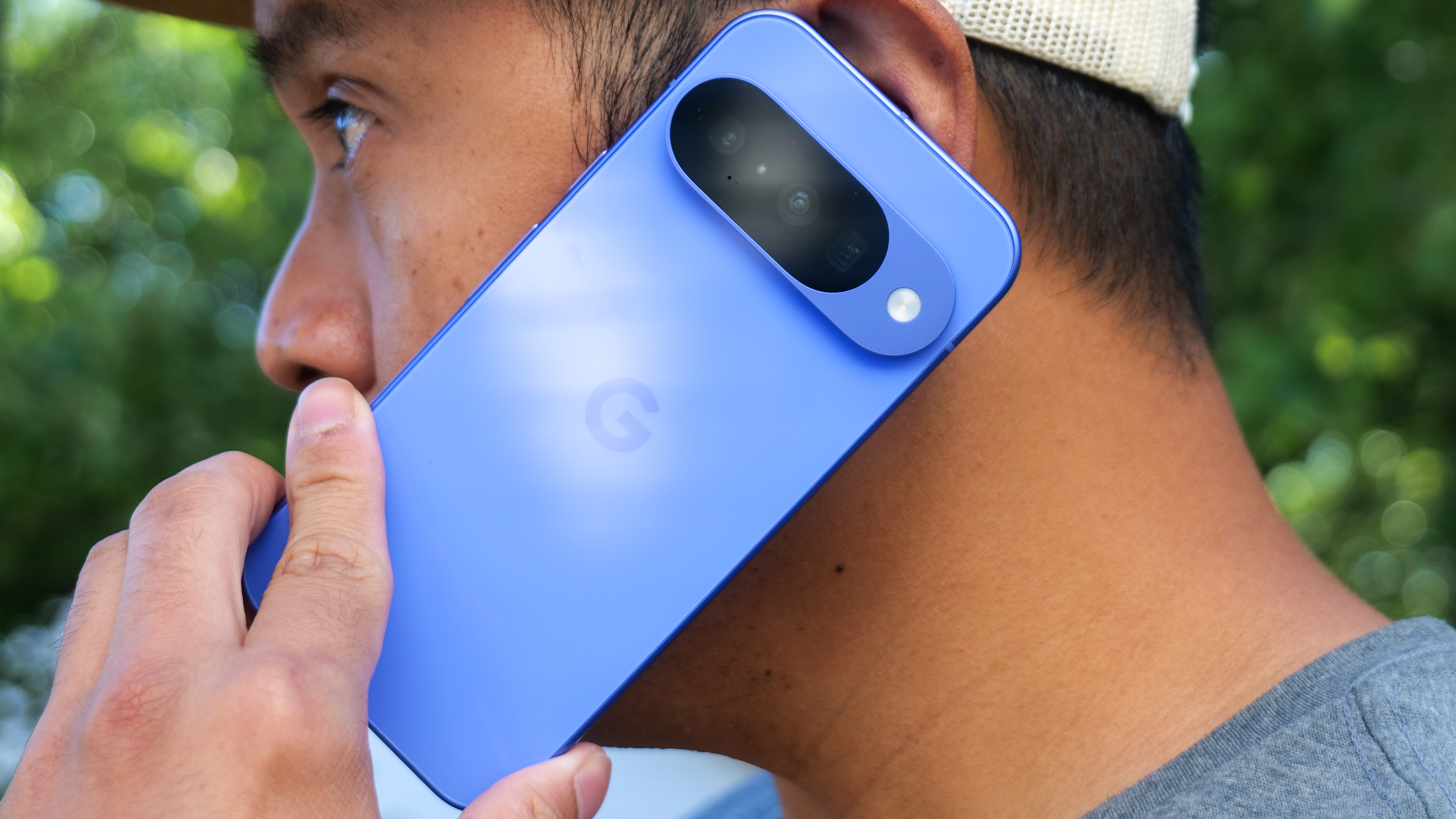
3. Google Pixel 10
Our expert review:
Specifications
Reasons to buy
Reasons to avoid
You’d be happy with any of Google’s new Pixel 10 models, but it’s the basic Pixel 10 that’s won us over in particular this generation, and therefore our pick for the smartest 5G phone you can buy.
We class it as the smartest thanks to all the AI and Gemini-powered goodies that the phone has, with features that are both brand-new or upgrades of previous additions. For an example of something new, we’d point to Magic Cue, a kind of predictive auto-complete that pops up info from your notes, calendar appointments and more when you start talking about them in your messages or on a call. And for an upgrade, there’s Voice Translate, which can now speak on your behalf in a different language, using your voice and intonation, while making a call.
Beyond the AI, I appreciate Google’s super-bright Actua display technology that makes the screen easy to read even in bright environments. Google’s decision to add a telephoto camera for the first time is a big step too, as it lets the basic Pixel 10 compete on better terms with rivals from Samsung and Apple. And while it’s not critical to the phone’s function, the fact you can buy it in a sensible black or more lively blue, green and purple gives users the option to express themselves even before they pick out a case.
But as real life teaches us, brainpower can often come at the expense of physical strength. And in phone terms, that means performance from Google’s Tensor G5 chipset, which lags behind the Snapdragon and Apple A-series chips it competes with. It’s not great on power efficiency either, although it’s good enough that the Pixel 10 is unlikely to leave you in the lurch should you forget to top off the battery one morning.
Read our full Google Pixel 10 review
The best 5G phone value
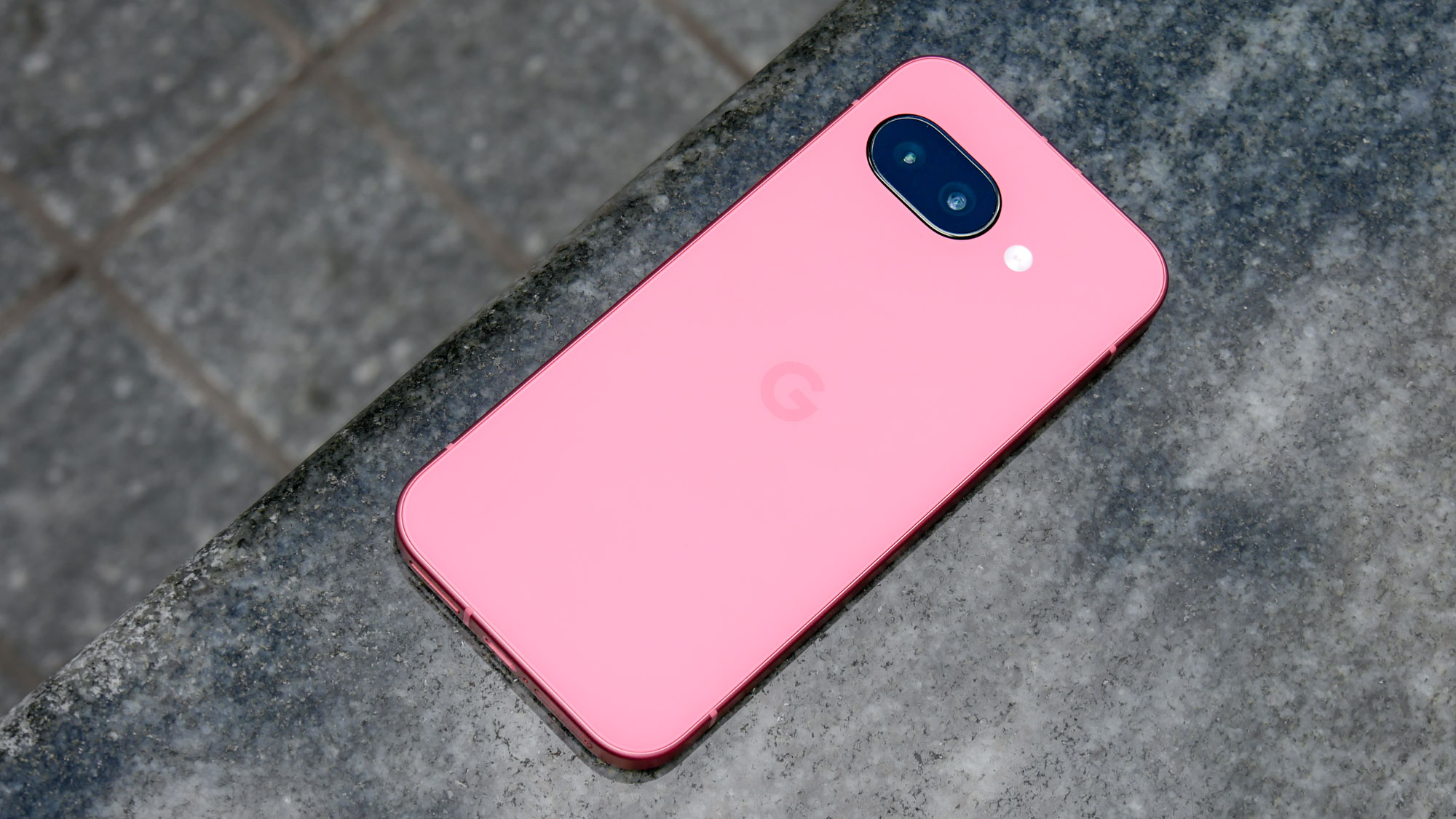
Specifications
Reasons to buy
Reasons to avoid
Google has hit its target once again with the Pixel 9a, another excellent budget phone from a long line of excellent budget phones.
At $499, it's close to half the price of a flagship-grade phone, but comes with the same chip as a Pixel 9, and the same Actual display technology that makes for an eye-searingly bright screen. It features almost all of the same AI features as its more expensive cousins too, which is excellent overall but might be a shame if you were hoping for identical software.
The dual rear cameras take stunning photos, which help keep Google ahead of rival phones at this price. And the battery life has improved year over year too, traditionally a weakness of Pixel phones. About the only real complaint we have is the new simplified design, but if you don't mind that, or buy the phone in one of its lively color options, there's little else to point to as an issue.
Read our full Google Pixel 9a review.
The best iPhone 5G value
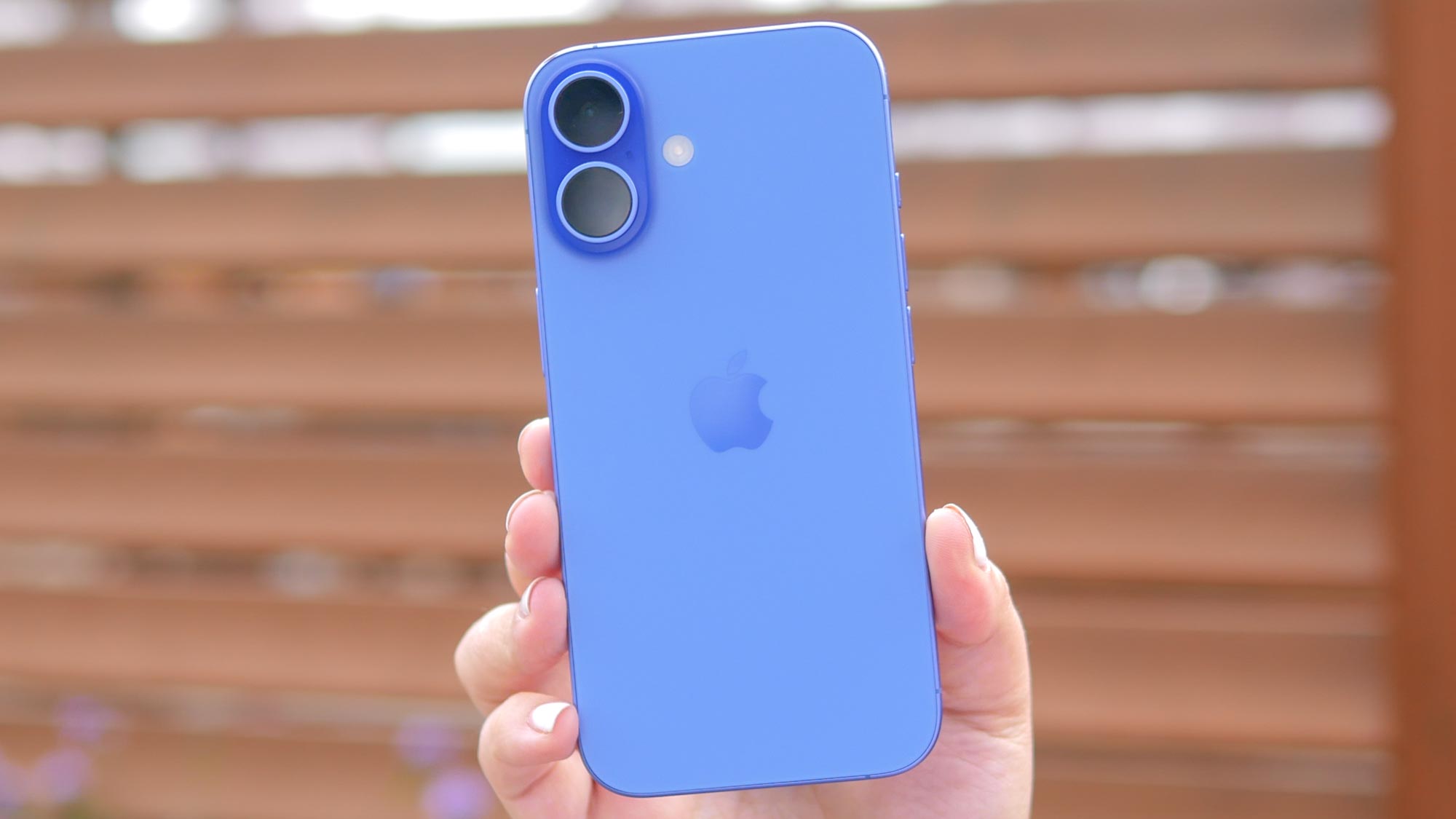
Specifications
Reasons to buy
Reasons to avoid
Don't think of the iPhone 16 as the Apple handset you have to settle for if you don't want to pay up for the Pro model. After years of lavishing lots of attention on its Pro phones, Apple has added enough features to the standard iPhone to make it a strong value in its own right. In fact, unless you really need a dedicated telephoto lens on your phone, you could argue that the iPhone 16 is the best iPhone in Apple's product lineup.
It helps that the iPhone 16 gains the Action button Apple added to the iPhone 15 Pro models the previous year while also picking up the same Camera Control button added to other iPhones this time around. Both buttons streamline common activities — the Action button can launch apps and control select functions while the Camera control button lets you easily launch and control the Camera app. That said, some of my colleagues found that Camera Control takes some time to get used to.'
Another important addition to the iPhone 16 is the A18 chipset. The past two iPhone releases, Apple has used older silicon in its entry-level flagships, but every iPhone 16 features an A18 chipset. (The Pro phones get a variant that has an extra core in its GPU.) That means speed that tops any Android phone, though Apple's phones still can't quite match the graphics performance of the Snapdragon 8 Gen 3.
The iPhone 16 also benefits from the power management features of the A18 system-on-chip, which helps the new phone improve upon the battery performance of the iPhone 15. The iPhone 16 did turn in the shortest results of any new model on our battery test, but its 12 hour and 43 minute time is still 2.5 hours better than the average smartphone.
As with any phone where you turn to the cheaper version, there are some tradeoffs with the iPhone 16 compared to Apple's more expensive models. But they're fewer and less significant this time around, making the iPhone 16 a wise purchase for people who don't care to spend big on their phones.
Read our full iPhone 16 review.
The best lower-cost 5G flagship
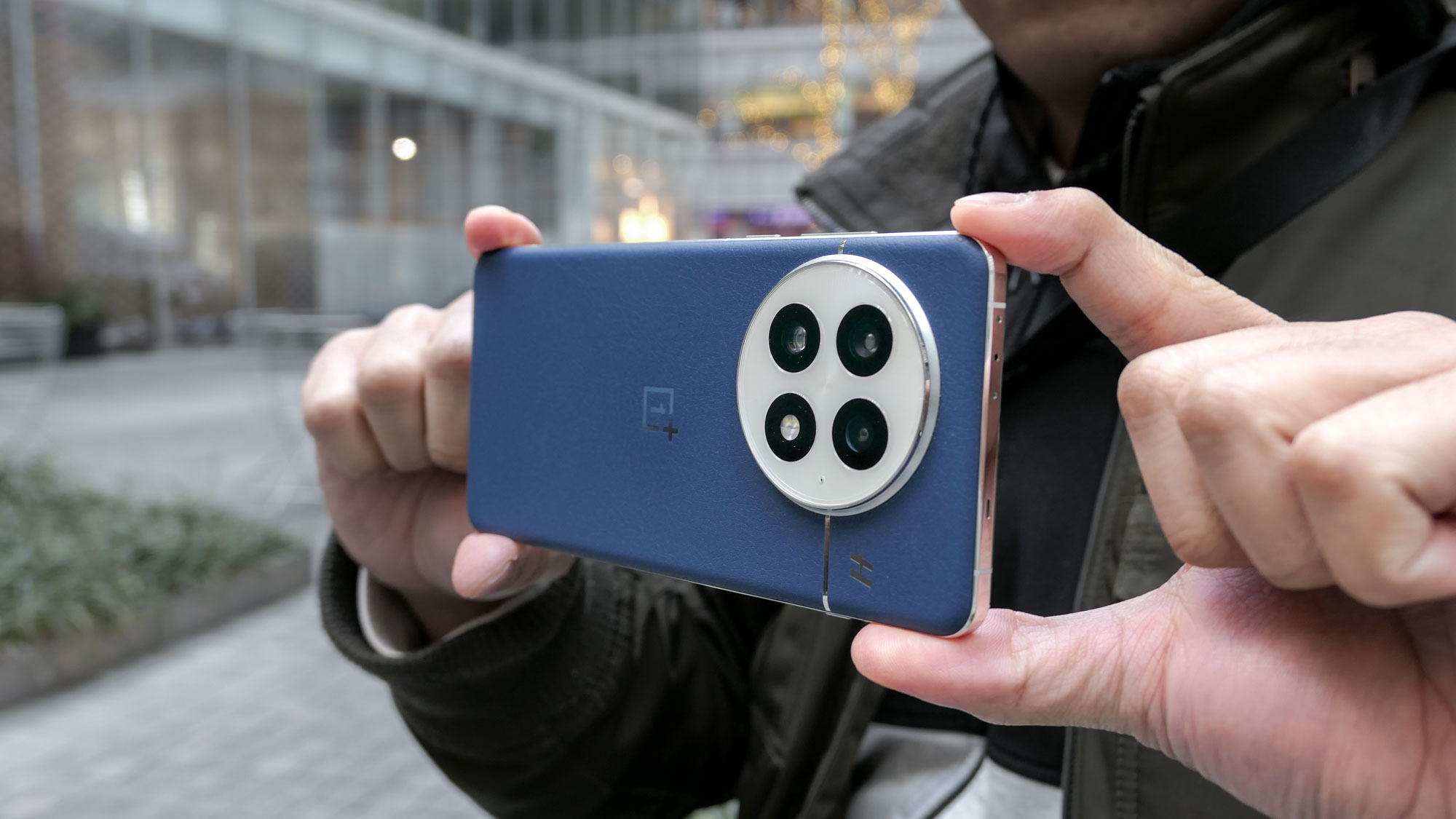
Specifications
Reasons to buy
Reasons to avoid
Let's face it — Samsung, Google and Apple charge a lot for their best devices. Maybe that's a well-earned price point, but OnePlus and the OnePlus 13 show you don't have to spend quite so much to get comparable hardware quality.
The 6.82-inch display, triple rear cameras and AI-enhanced software are all on a similar level with rival phones, while OnePlus' usual focus on battery and charging means that it lasts longer and charges faster than almost any other phone around.
It's a shame that OnePlus currently guarantees four years of software updates and six years of security updates, less than the other big phone brands. We're also not keen on the price increase over last year, and what that could mean for OnePlus' phone value credentials going forward. But as a phone buyer looking to get a device right now, this is a strong contender if you want the best for less.
Read our full OnePlus 13 review.
The best compact 5G flagship

Specifications
Reasons to buy
Reasons to avoid
It would have been nice if Samsung updated more elements of the Galaxy S25 compared to the year before. But that still doesn't detract from the quality packed into this little flagship phone.
At 6.2 inches, this is what counts as a "small" phone in 2025, which is still huge compared to the phones of just a few years ago. It's got a lot of potential with its triple rear cameras and its Snapdragon 8 Elite chip, plus a surprisingly long-lasting battery. There are all sorts of Galaxy AI features to try out too, from the Now Brief summary of your day's past and future activities, to Gemini's cross-app actions for stringing multiple commands together.
The only real rough spot is the telephoto camera, which is lower resolution and lower magnification than most equivalent phones. This is still a phone worth picking up if you want as much power in the smallest-possible footprint though.
Read our full Samsung Galaxy S25 review.
Best 5G foldable
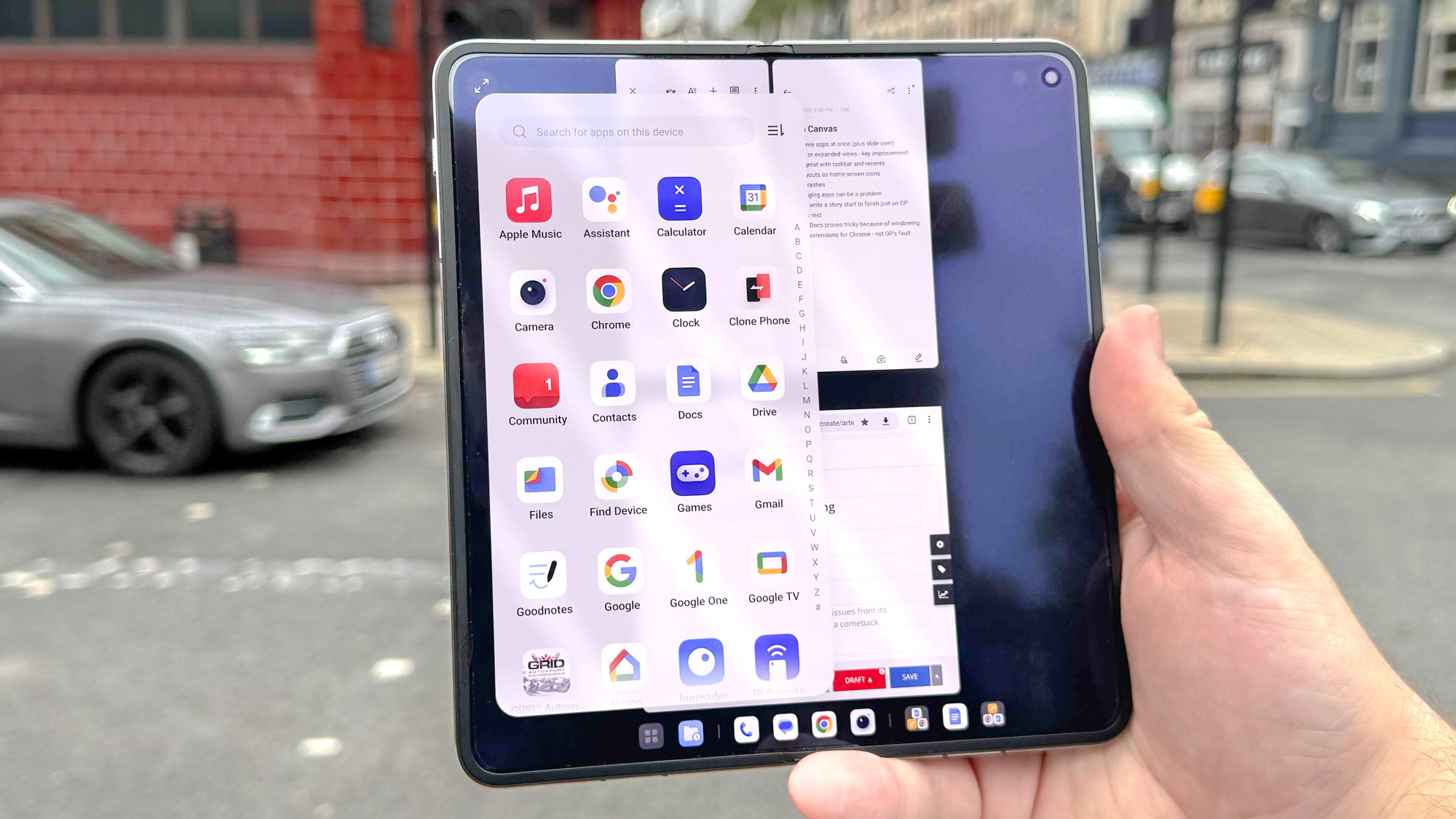
Specifications
Reasons to buy
Reasons to avoid
Even with Samsung releasing an impressive Galaxy Z Fold 6 this summer, the OnePlus Open remains the best foldable phone overall and a great 5G option if you want a super-sized display. This phone opens up to reveal a larger 7.82 internal display, but a thin design makes this a lot skinnier than rival foldables.
We're particularly impressed with Open Canvas, OnePlus' approach to multitasking on your foldable. It lets you run three apps at once, and you can dynamically shift your view as you switch from one app to the other. You can also save up to nine multi-app presents to really kickstart your multitasking.
At $1,699, the OnePlus Open cost less than similar foldable phones, especially after a price hike brings the Z Fold 6's cost to $1,899.
Read our full OnePlus Open review.
The best Samsung 5G value
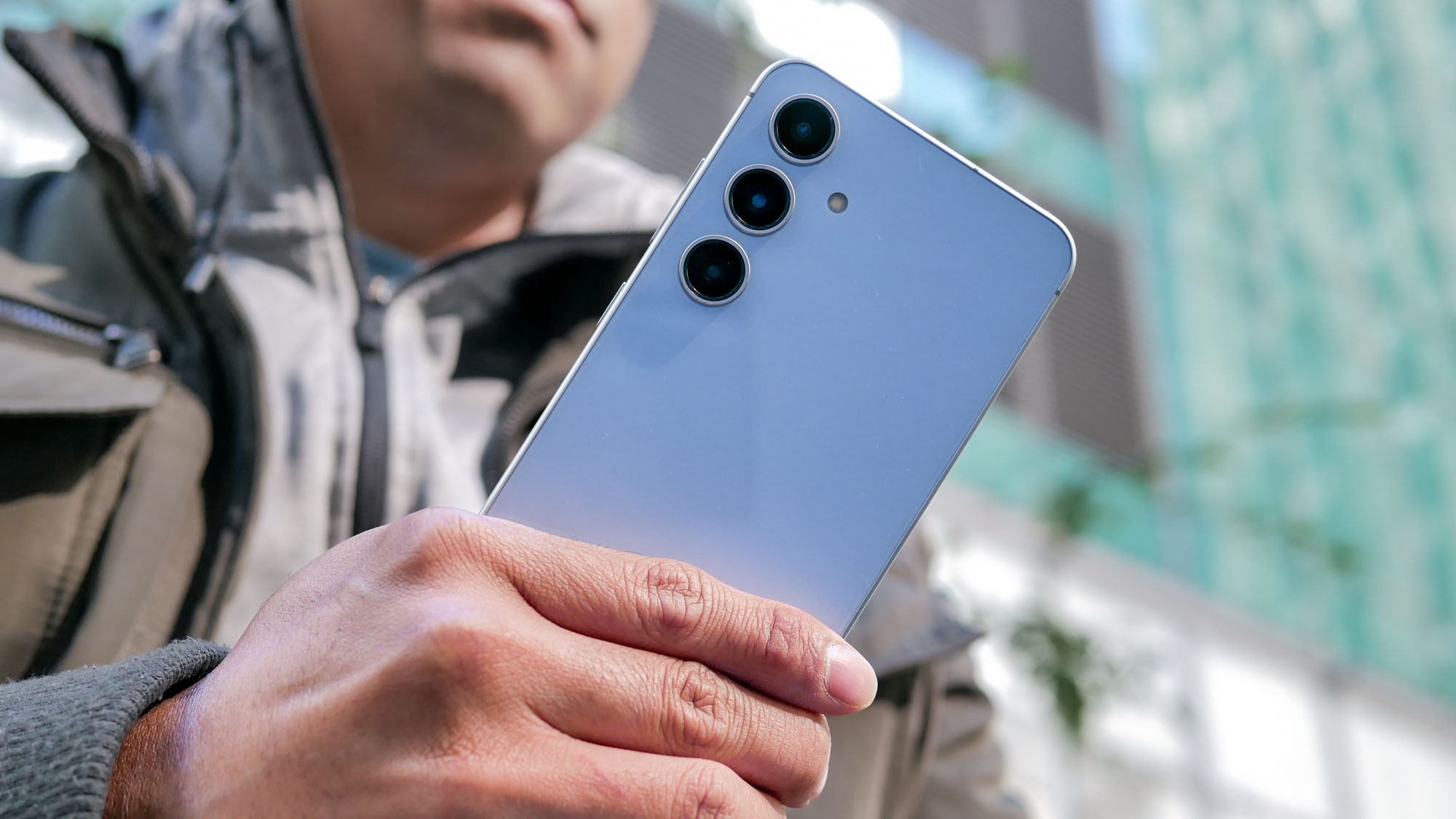
Specifications
Reasons to buy
Reasons to avoid
Samsung treats its FE, or Fan Edition, model as a stripped-down, lower-cost variation on its Galaxy S flagship. But you can be forgiven if you consider the Galaxy S24 FE to be a full-fledged flagship.
The biggest changes from the rest of the Galaxy S24 lineup are the chipset Samsung uses — an Exynos 2400e which proved to be a little off the pace set by the Galaxy S24 and its Snapdragon 8 Gen 3 silicon in our testing. That also meant more modest battery life than the rest of the S24 lineup, with the S24 FE lasting around 11.5 hours on our batter test — about 90 minutes bette than most smartphones. We didn't notice too much of a lag when using the S24 FE, so this is probably a trade-off all but the most demanding users can live with.
In addition, the Galaxy S24 FE has a lower resolution telephoto lens than the Galaxy S24. But the point remains — there is a telephoto lens. Most of the time, you have to pay $700 or more to get that feature on your camera phone, and the S24 FE's camera proved adept at zooms. We did find the selfies captured by the front camera to be a little weak compared to similarly priced devices.
Notably, the Galaxy S24 FE supports the same Galaxy AI features found on the pricier S24 flagships. That puts capabilities like Circle to Search the Portrait Studio image generation tool in the palm of your hand for $150 less than what you'd pay for the same experience on a Galaxy S24. That alone justifies any trade-off you'd have to make to get your hands on this very capable 5G device.
Read our full Samsung Galaxy S24 FE review.
The best low-cost 5G phone
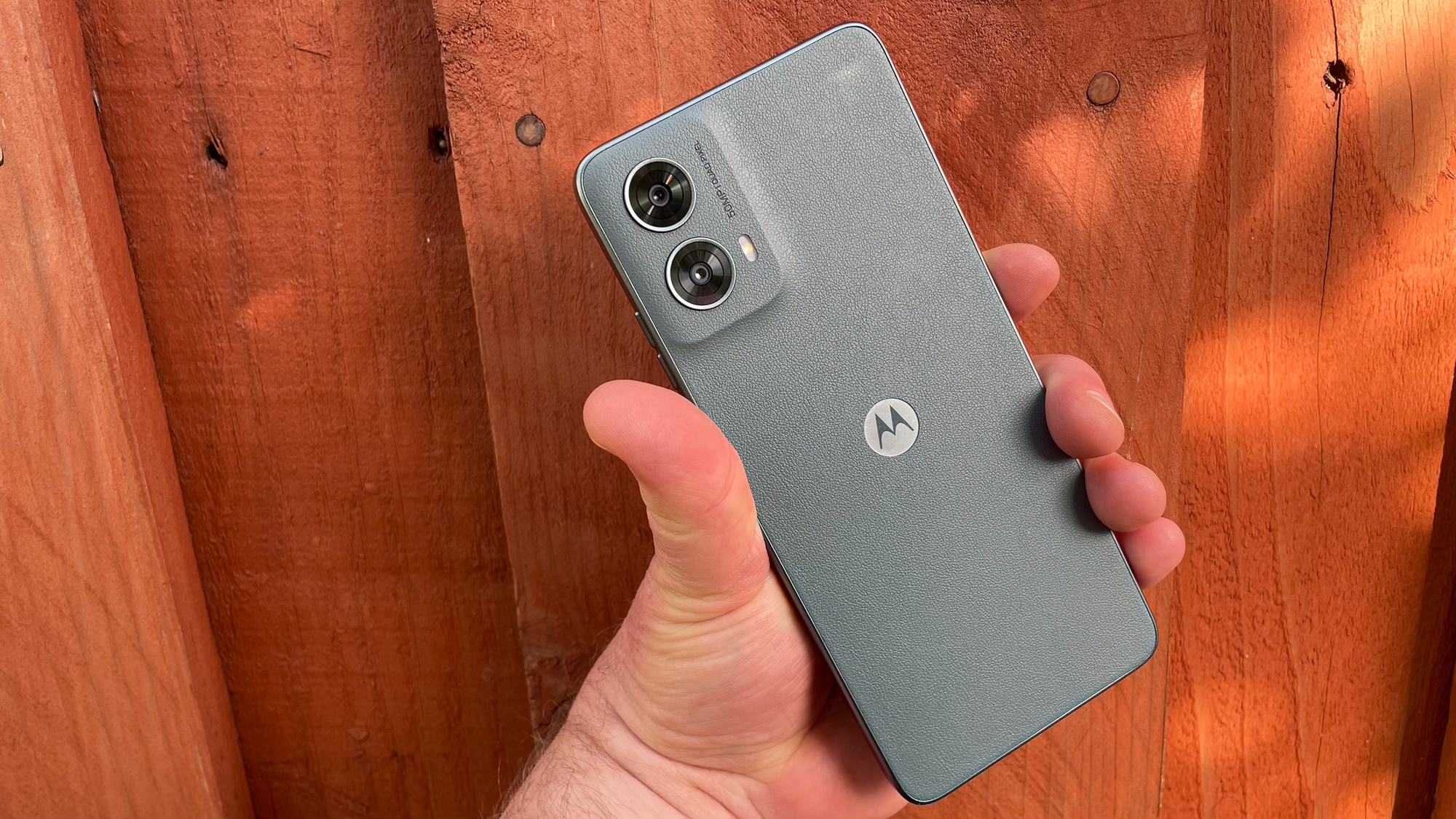
Specifications
Reasons to buy
Reasons to avoid
You'll find more capable phones than the Moto G 5G, but it's impossible to find a better phone for less than $200. It also goes to show how affordable 5G devices have become.
You'll get stripped-back features with the Moto G 5G — just a main camera and a dedicated macro lens, plus one of Qualcomm's less powerful chipsets. But even with those compromises, the Moto G 5G takes decent photos for a phone this price and it lasts longer than more expensive handsets on our battery test. It also has a stylish design that helps hide its budget phone origins.
Read our full Moto G 5G (2024) review.
How to choose the best 5G phone for you
When looking for a 5G phone, you'll want to consider which wireless carrier will be providing your cell phone service. Different service providers are taking different approaches to their 5G rollouts.
Verizon, for example, placed an initial emphasis on mmWave-based technology, so if you wanted phone service from Big Red, you had to make sure that your 5G phone could connect to mmWave towers; Verizon is in the process of expanding that coverage through C-Band 5G, which most phones support. Likewise, while T-Mobile and AT&T have a few mmWave deployments, the vast majority of their network relies on sub-6GHz technology for initial coverage. That's not as fast as mmWave, but it covers a wider area. (AT&T is expanding its mmWave-based coverage, though, for faster performance.)
In its July 2024 report on mobile performance in the U.S., OpenSignal gives T-Mobile top marks for 5G download speed while saying that the carrier remains "untouchable" for 5G availability; Verizon has the faster 5G upload speeds. A Rootmetrics report covering the first half of 2024 ranks Verizon as the best for 5G experience, including speeds and reliability, while T-Mobile is tops for availability.
Apart from what 5G networks a phone supports, the criteria for picking a 5G phone is about the same as it would be for any handset. Consider the processor, screen size, cameras and other features. Battery is especially important — 5G can draw some serious power, and you'll want a phone that's able to handle the added demands on its battery.
Price remains an important distinguishing factor, and it's going to get more so as lower-cost 5G phones roll out later this year. In 2019, you had to pay anywhere from $700 to $1,200 for a flagship 5G phone. Even with the Galaxy Z Fold 6 starting at $1,899, the price range for 5G phones has begun to fall with a rapidly increasing number 5G models available for $500 or less, with at least one device in our best 5G phone rankings costing less than $200.
How we test 5G phones
We test 5G phones the same way we test any phone we review. At this point in 5G's evolution, we merely confirm that a 5G phone can connect to a carrier's 5G network. We don't run performance testing for 5G speeds, as those say more about a carrier's network than the phone itself. Also, 5G performance can vary widely depending on your location.
As for other tests, we rely on such synthetic benchmarks as Geekbench 6 and 3DMark Wild Life Unlimited to measure graphics performance. These tests allow us to compare performance across iPhones and Android devices. We also run a real-world video transcoding test on each phone using the Adobe Premiere Rush app and time the result.
To measure the quality of a phone's display, we perform lab tests to determine the brightness of the panel (in nits), as well as how colorful each screen is (DCI-P3 and sRGB color gamut). In these cases, higher numbers are better. We also measure color accuracy of each panel with a Delta-E rating, where lower numbers are better and score of 0 is perfect.
One of the most important tests we run is the Tom's Guide battery test, which has become especially important for 5G phones given how power-hungry they are. We run a web surfing test over 5G at 150 nits of screen brightness until the battery gives out. In general, a phone that lasts 10.5 hours or more is good, and anything above 14 hours makes our list of the best phone battery life.
We also perform camera testing, comparing shots taken by each phone we test with similar phones. This part of our testing is less relevant to our 5G phone evaluations, though.
For more information on phone testing, check out our how we test page for Tom's Guide.
Get instant access to breaking news, the hottest reviews, great deals and helpful tips.
Philip Michaels is a Managing Editor at Tom's Guide. He's been covering personal technology since 1999 and was in the building when Steve Jobs showed off the iPhone for the first time. He's been evaluating smartphones since that first iPhone debuted in 2007, and he's been following phone carriers and smartphone plans since 2015. He has strong opinions about Apple, the Oakland Athletics, old movies and proper butchery techniques. Follow him at @PhilipMichaels.
